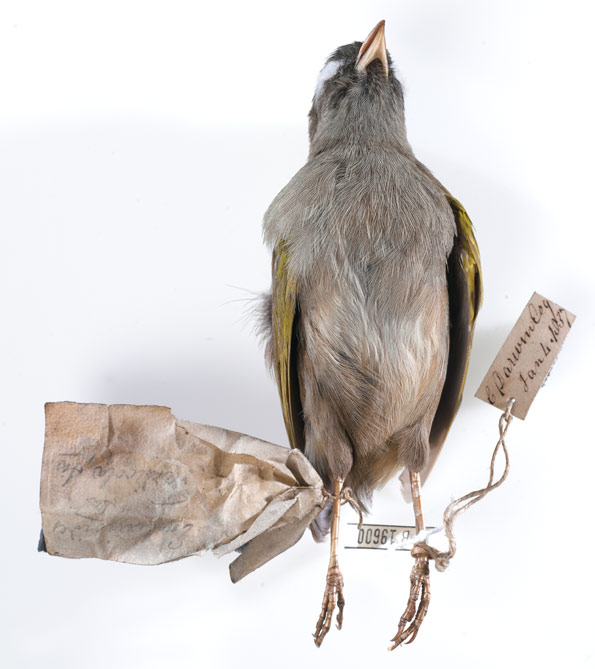 Great pampa finch
Great pampa finch
TLF ID R6892
This is a colour photograph of a preserved great pampa finch ('Embernagra platensis'). The tail of this specimen is missing. Identification labels and cataloguing numbers are attached to the specimen.
